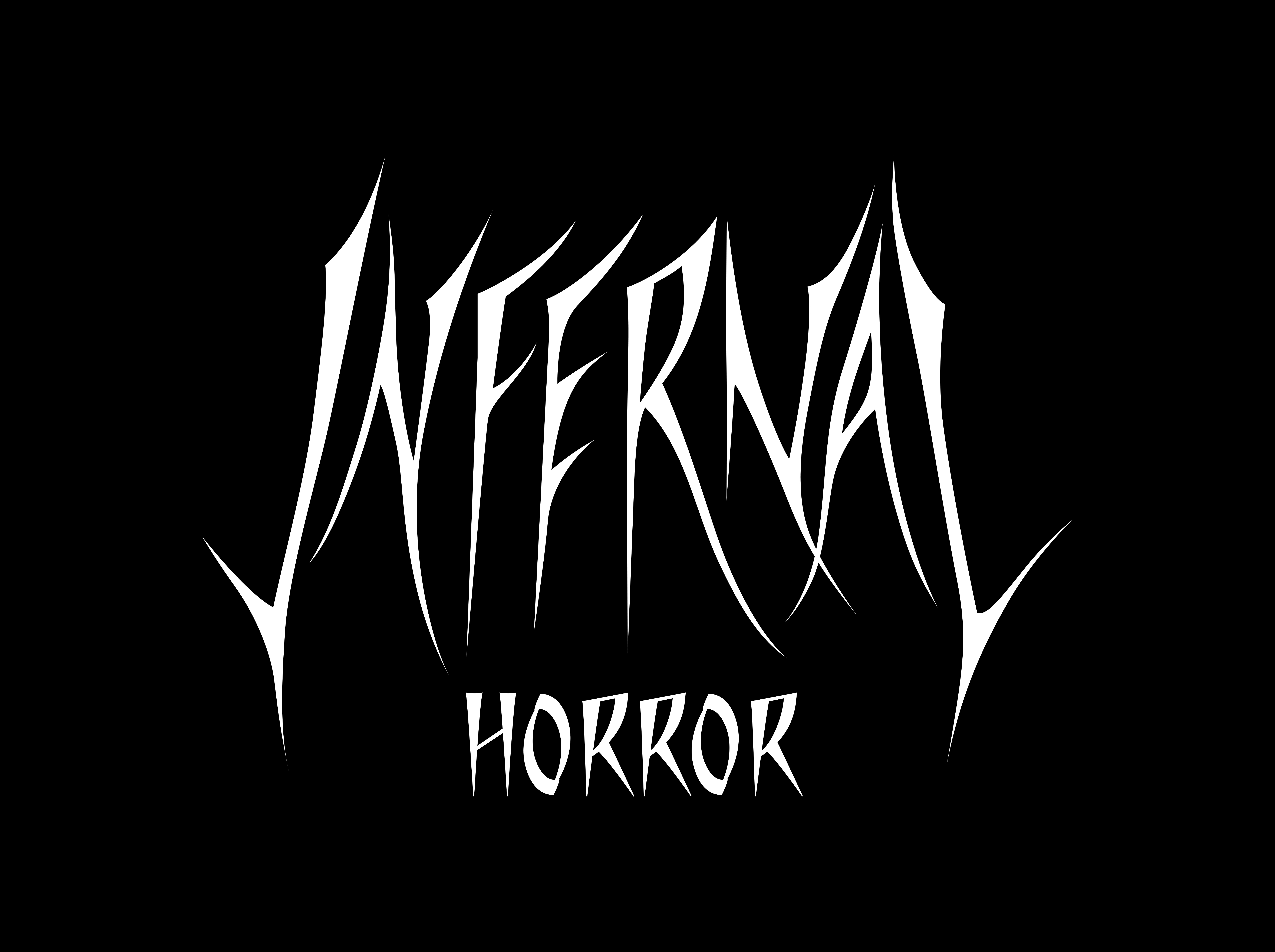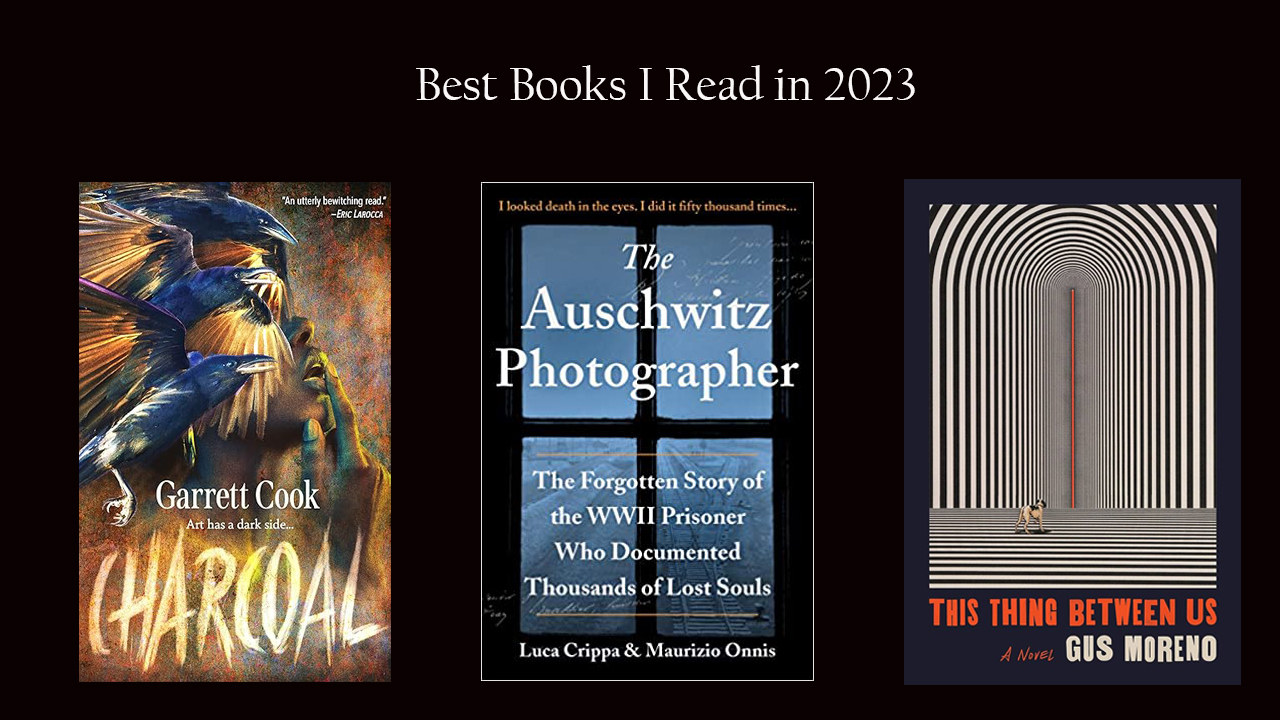Another year, another 50 or so books I’ve read! I have to say, this has been one of the best reading years yet.
While extreme horror and splatterpunk are close to my heart, I went in a more diverse direction with my reading selection this year.
I have to say, this has been a rough year for me. Two family members died, and there have been other problems in my personal life, so stories that focus on grief and mental illness struck my fancy. I have also been dabbling more in both history and historical fiction as well as crime (because of a novel I finished).
Without further ado, let’s get to my top picks!
10. Dear Laura by Gemma Amor
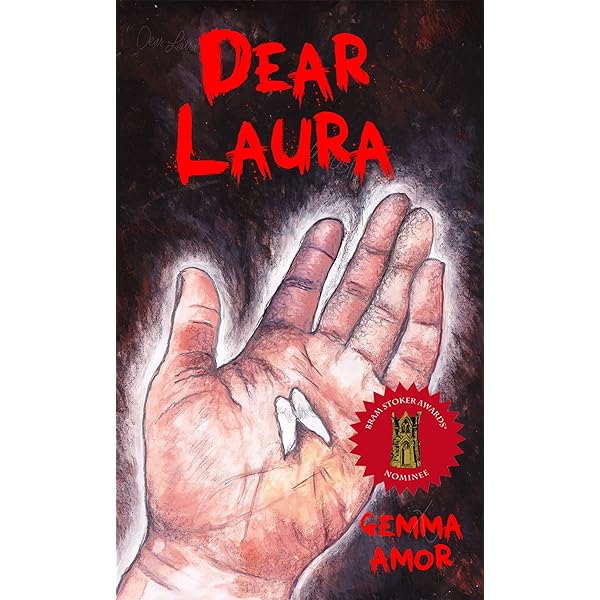
I have been following Gemma Amor on TikTok for quite some time, and love how deep and introspective her posts are. I knew her writing would be excellent, and I wasn’t disappointed when I read Dear Laura.
This novella is only over 100 pages, but it packs a punch. The book moves in numerous twists and turns, morphing into a different monster by the end.
The book doesn’t have as much violence and gore as some of the other novels I read, but the subject matter is dark enough for me to consider it a mid-level extreme horror book. And the gory scenes in here are gruesome enough to live rent-free in your brain.
The most important aspect of the book that Amor highlighted was the emotional side. Losing a friend and a potential love interest to a heinous crime will consume anyone—especially when it happens so young. It makes you understand why Laura did what she did to appease Bobby’s killer.
Amor’s writing is also beautiful; she crafts breathtaking descriptions but doesn’t consume the whole book with flowery language.
9. Summer Never Ends by Judith Sonnet
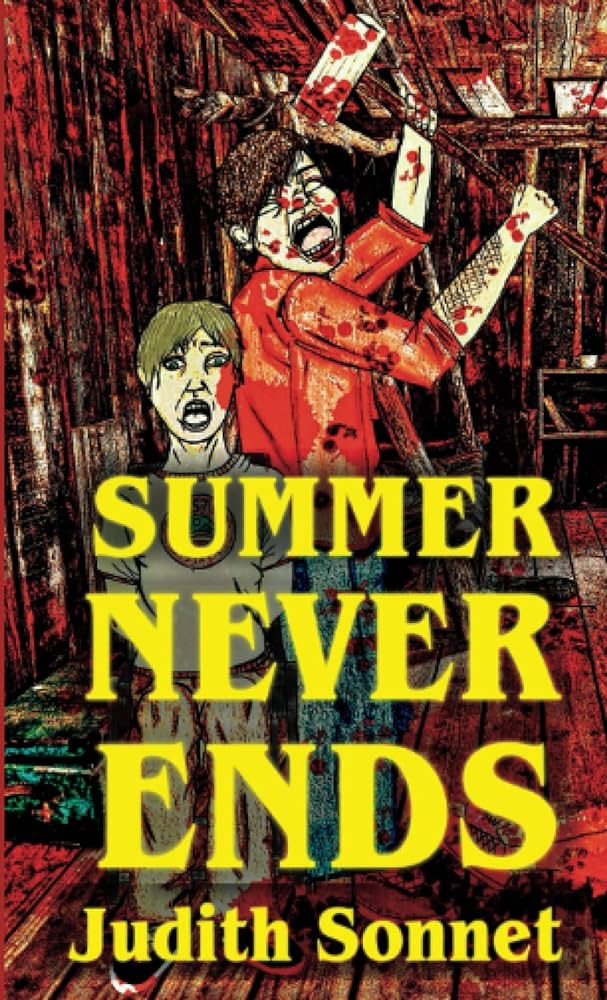
Sonnet is famous for No One Rides for Free and For the Sake Of. I love those books, but Summer Never Ends doesn’t get the credit it deserves.
Summer Never Ends has elements of all the best of slasher films, notably the Friday the 13th movies, plus a corrupt church and Bible camp. That said, there’s no cheesiness in Sonnet’s brand of campy horror. She displays church camp corruption in its most vicious way, and how its effects can damage our most vulnerable youth.
Of course, this is a Judith Sonnet book, so expect relentless brutality. Is it of the depravity of her other books? No. But there are enough unsettling parts to make you feel icky at times.
8. Between Two Fires by Christopher Buehlman
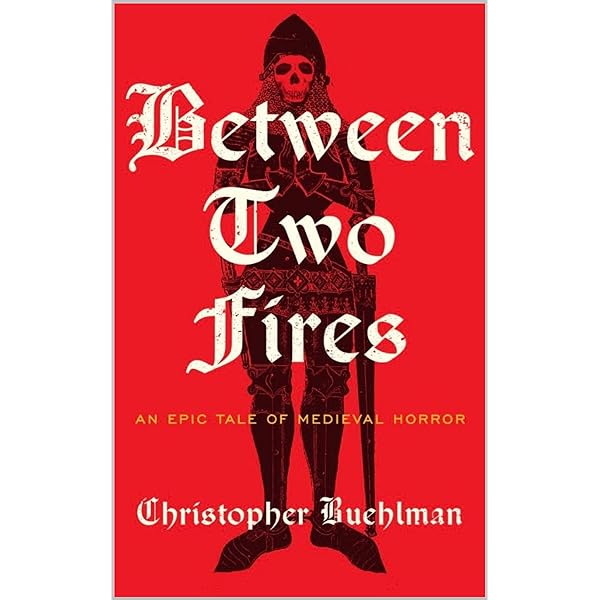
I’ve always been a history nerd, and the Medieval period is one of my favorite times in history. I can’t remember how I discovered Between Two Fires, but when I bought it, I realized it had been some time since I consumed historical fiction.
Between Two Fires follows three unlikely travelers: a knight, a priest, and a little girl with a strange connection to angels. They’re living among the Black Plague and traveling throughout France. Instead of having one major plot, setting, or conflict, the three embark on various adventures. Our characters are simply trying to survive—and do so by relying on the little girl’s third eye.
I was excited to dig in at first, but I didn’t care for the beginning of the book, and DNF’d it for a bit. But when I came back to this book, I got hooked quickly. It’s not that the book is slow; Buehlman actually gets to the action really quickly. There are just Biblical fantasy elements in the book which threw me off. But as you read it, you realize this gives the book an interesting element—and it fits, considering the pious time period. That said, this definitely isn’t a Christian book. Buehlman highlights the corruption in the church, even during this time period. For example, and I hate to give away a slight spoiler, but the priest, Père Matthieu Hanicotte, turns out to be a pedophile (surprise, surprise).
What I like about this book is it can appeal to any reader. Obviously, Medieval history buffs will love it—after all, you can tell Buehlman spent a large chunk of time researching for this piece. But fantasy fans and even horror nerds will love this one. As I said, Buehlman includes Biblical fantasy elements, but there’s enough gore and depravity to make this read like a horror book.
I do have a couple of issues with this book. First, it was very long, and it took me a couple of months to finish it. But in a way, the length is fitting; throughout the entire time, you feel like you’re embarking on an endless journey throughout Medieval France.
Secondly, there were flashbacks that I didn’t find necessary to the story. They did help to build the characters, but I would have rather focused on the characters’ journey rather than learn about their histories.
Despite these slight flaws, I loved this book and was sad when it ended. If you are a horror fan but want to read something different, I highly suggest this book.
7. A Fine Evening in Hell by Kristopher Triana
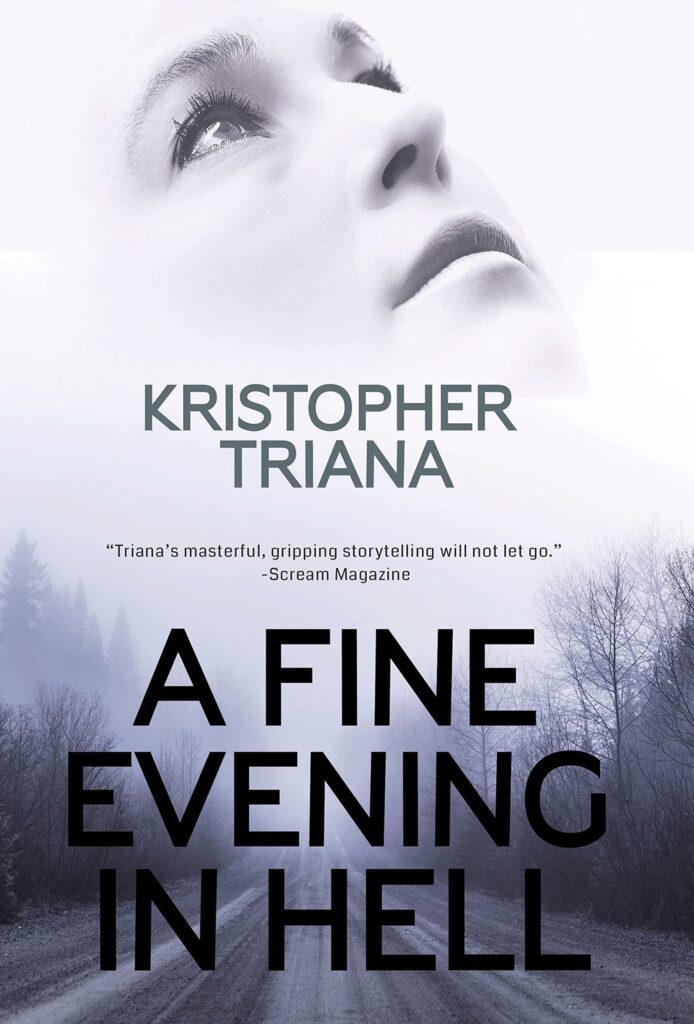
Kristopher Triana is becoming one of my favorite modern authors. Not only is he brilliant, but he’s one of the most versatile writers I’ve ever read. I was mainly familiar with his extreme horror material, such as Full Brutal and Body Art. But I also love crime, and when I saw Triana wrote the crime book A Fine Evening in Hell, I knew I would love it.
This is one of those books that changes drastically as you’re reading. The characters you thought were the “bad guys” aren’t as evil as others in the book. I appreciate this in all fiction, but especially crime. Humans are complex and can commit multiple evil acts, so people aren’t always who they seem.
You also feel empathetic to Heather getting caught in this mess. In crime fiction, if a person is pulled into the chaos, they’re often represented as stupid or careless. While Heather makes her fair share of mistakes, Triana wrote her character in a realistic yet likable way, so you continue rooting her on.
Even though this is a crime thriller, Triana doesn’t skimp on the violence. While the brutality isn’t as glorified as in a book like Body Art, this is more extreme than your average crime novel. In addition to violent trigger warnings, it’s important to note that there’s racism and Nazism in this book. That alone makes this one of the most aggressive books that Triana has written, even without the excessive gore.
As with all of his other books, this one has excellent writing. Triana puts you in a nightmarish atmosphere, but the writing is so beautiful that you persist through the dread.
6. Lapvona by Ottessa Moshfegh
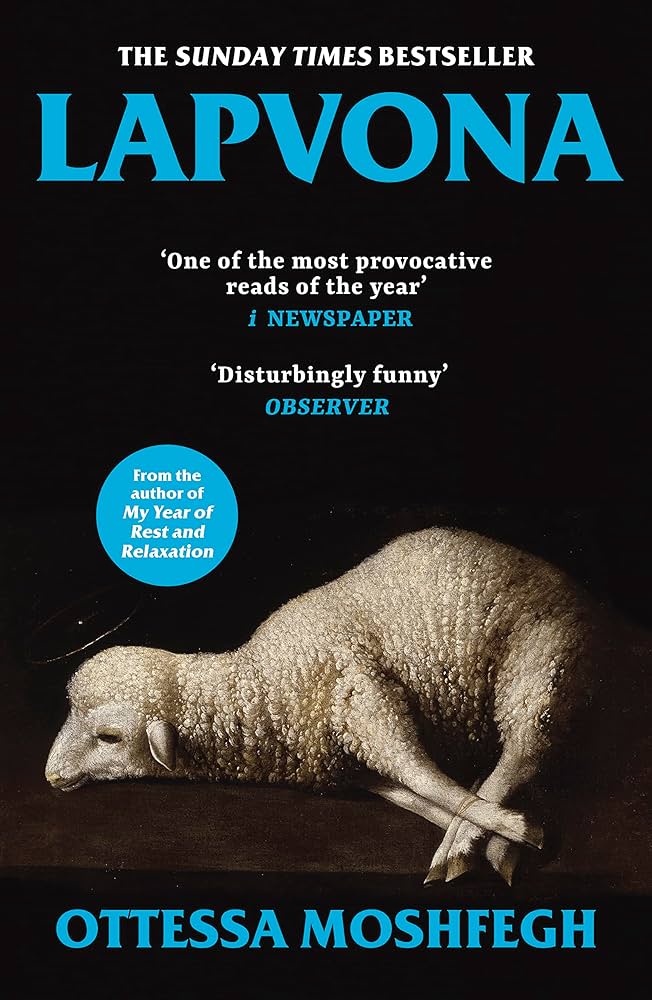
Does anyone know the books where you see the title and cover and something tells you to read it? For me, that was Lapvona. I saw it all over BookTok and Reddit for a long time and eventually moved it up on my TBR. Looking back, I’m so glad I did. The book is around 300 pages and I only finished it in a few days. I was so absorbed in the world of Lapvona that I couldn’t put the book down.
Lapvona is another historical fiction book, taking place in the fictional country Lapvona during the Medieval Period. Throughout the book, the city’s denizens struggle with poverty, crime, hunger, and drought. Of course, the emperor of the city, a man named Villiam, is filthy rich and hogs all the town’s resources from the people he’s representing.
The story intertwines between the people who live in Lapvona, specifically a boy named Marek; throughout the book, it always feels like a veil covers who he really is, but everything comes together at the end. No matter who you’re reading about, every page is enticing, and you can’t help but love reading about this weird place.
This is my first Moshfegh book, and I love her writing style. Lapvona was so strange but well-written. She doesn’t use excessive flowery language, but her minor diction choices still give the book an otherworldly feeling. I definitely plan on reading more books from her.
During the Medieval Period, there weren’t advancements in medicine, the people ate terribly, and hygiene was questionable. But one thing Lapvona taught me was their society wasn’t much different than ours. The poor work the hardest while still paying the most taxes, and the elite hold the most wealth and resources.
5. The Corruption of Philip Toles by Felix I.D. Dimaro
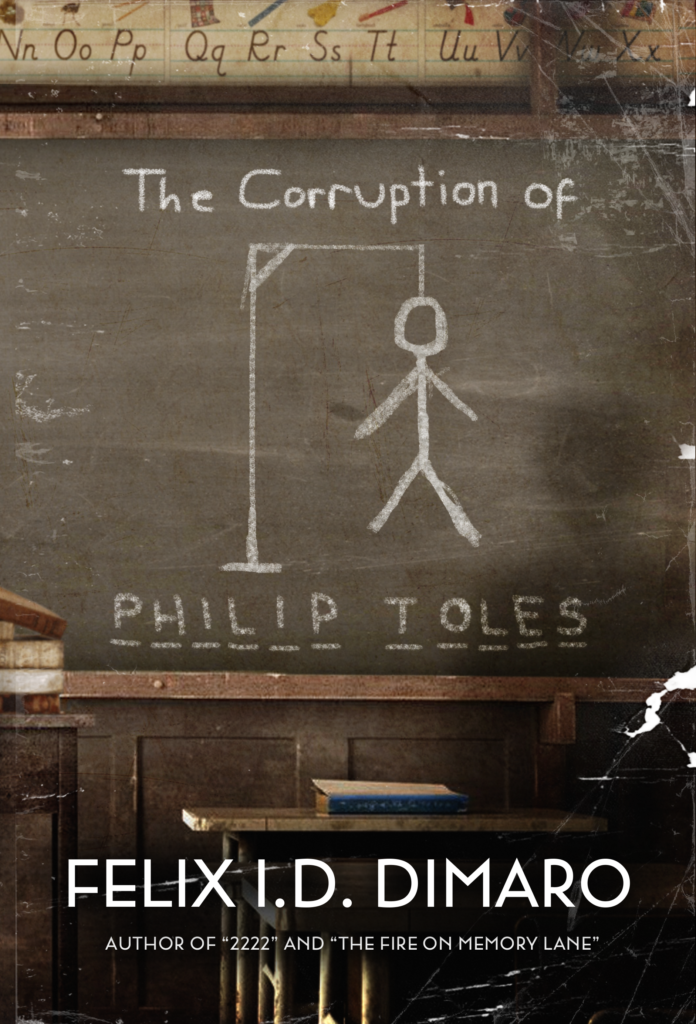
I first discovered Dimaro a few years ago when I read his book Bug Spray. I loved how Dimaro can make the most banal thing absolutely terrifying, and his expert storytelling blew me away. I knew I was in for a wild ride when I picked up The Corruption of Philip Toles, but nothing could prepare me for the intense emotional rollercoaster I experienced when I read this book.
This is the kind of book where you’re lost when you start. You discover the suicide of a teenage boy and how his death was linked to one teacher, but Dimaro keeps introducing other characters, and it gets confusing. But one thing I learned as a writer is additional characters, settings, and conflicts don’t appear for no reason.
With a deep storyteller like Dimaro, I knew this book was going in another direction. In reality, this book went in three additional directions.
Dimaro not only centers around the controversy of Philip Toles’ death but how it affected everyone—his family, the school, his teachers, the media, and even his entire town. When anyone dies, more people die with them; even if it’s not a physical death, it’s an internal one.
While I love this book and highly recommend it, I encourage you to check trigger warnings. This book has all the big ones, and there’s mention of child abuse (not giving away a big spoiler—this comes up in the first chapter).
But I do want to highlight Dimaro’s expert tackle on this subject. I notice with other horror writers conveying this trigger, most will include CA in their books, but brush over it to avoid thinking about it or to put any scenes in their readers’ minds. I argue writers who feel this way should change their plot and not center it around CA.
But you can absolutely write about CA without describing the actions. Let’s use Dimaro, as an example. He puts everything from the perspective of the perpetrator after the abuse happened. As the reader, you’ll know what happened, which is upsetting. At the same time, you don’t need to know the tiny details of the abuse.
As with Bug Spray, The Corruption of Philip Toles is an easy read. Dimaro’s writing style is very straightforward, and you never get lost in a scene. The book is also around 175 pages, so it didn’t take me long to finish it.
4. The Devil Takes You Home by Gabino Iglesias
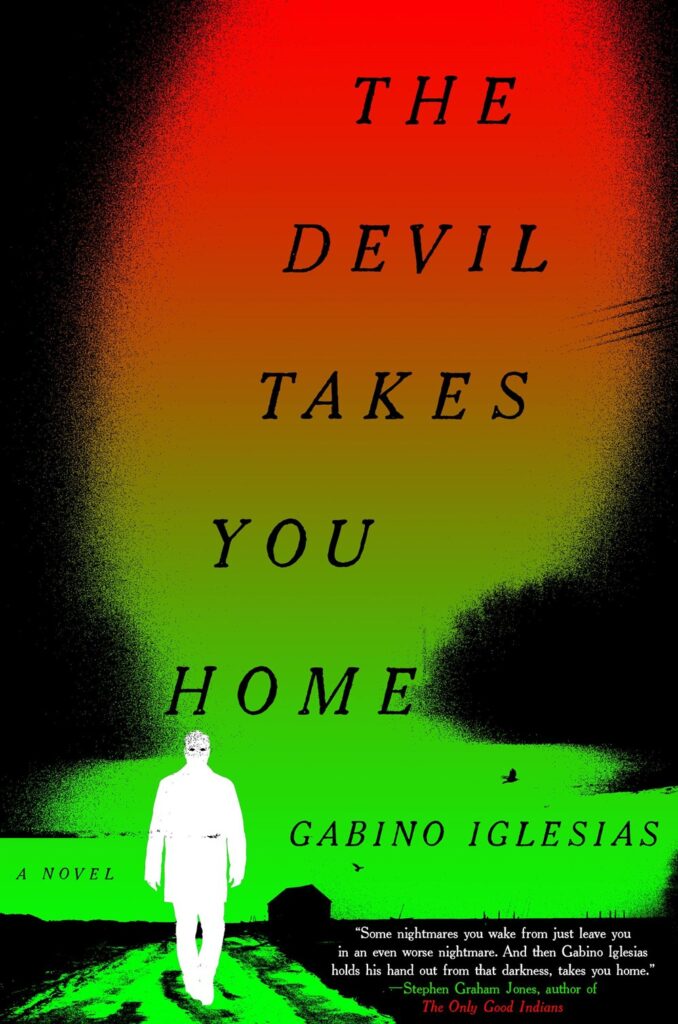
I’ve had The Devil Takes You Home on my TBR forever but always passed it over when book shopping. I wish I had read it sooner—it was when Iglesias promoted a discount on his eBook that I finally bought it. As far as a description, my friend said it best: “This book is so good, it hurts.” Even re-reading it for this review, I get the same ache in my chest while reading Iglesias’ emotional and vivid writing.
This book hit me in the heart in many ways. One, grief is the main premise of the book. A couple of my family members died this year, so I’ve been consuming more grief and mental health books this year. Two, even though I’m a white American, I’m from Florida, so Latin American culture is still close to my heart. That said, the third point is there’s a lot of Spanish in this book, and I greatly respect Iglesias for writing in his first language and giving the middle finger to the literary industry. Even if you don’t speak Spanish, Iglesias has a brilliant way of translating within the text, so you never feel lost. I want to write a book based in Montreal, and Iglesias’ technique will help me implement French in my story. And fourth, this book is based in Austin, Texas, where my brother lives. I was familiar with many of the sights and locations in the novel, so the book was even more cathartic for me.
This book deals with more than the subjects I mentioned. It deals with poverty, racism, xenophobia, crime, the supernatural, family, and drugs. How Iglesias packed all of these elements into one book is beyond me. Though it is a long book, it never gets boring. You continue reading as if you were Mario, Juanca, and Brian, joining them on their mission into the criminal underbelly of the drug cartel.
While the violence in this book isn’t excessive, it does hit hard when it happens. This book was definitely a whirlwind and not for the faint of heart, but it’s a masterpiece. Just research trigger warnings, and be prepared for Chapter 11.
3. Charcoal by Garrett Cook
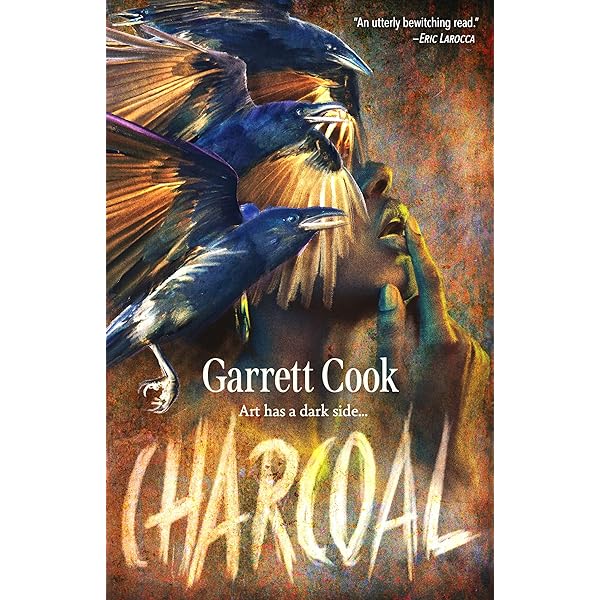
I hadn’t heard of this book until I watched Cook do a reading at Killercon this year. I loved the raw and emotional way he described violence, and was captivated by his intense descriptions. When I saw he was selling the book, I immediately bought a copy.
Charcoal blew away my expectations, mainly because the book is so unique. Cook taps into the obsession that creatives often face with their work, and how that obsession can lead to insanity. We focus on two main artists: Thomas Kemp, a libertine from the 19th century, and Shannon Hernandez, an art student from the modern day. Both lost themselves in a world of depravity, proving that the cruelty of art has no time limit, age, gender, or sexuality.
This is a sentimental note, but I love Cook’s use of crows. My grandma died this year, and whenever she would visit us, crows always gathered on the power lines when we picked her up from the airport. Crows always remind me of my grandma, so this book was a memento.
Check trigger warnings, because there are quite a few here. If you want to read something extreme but unlike anything you’ve read before, I highly suggest this book. I also have to point out the breathtaking cover art by Lynne Hansen.
2. This Thing Between Us by Gus Moreno
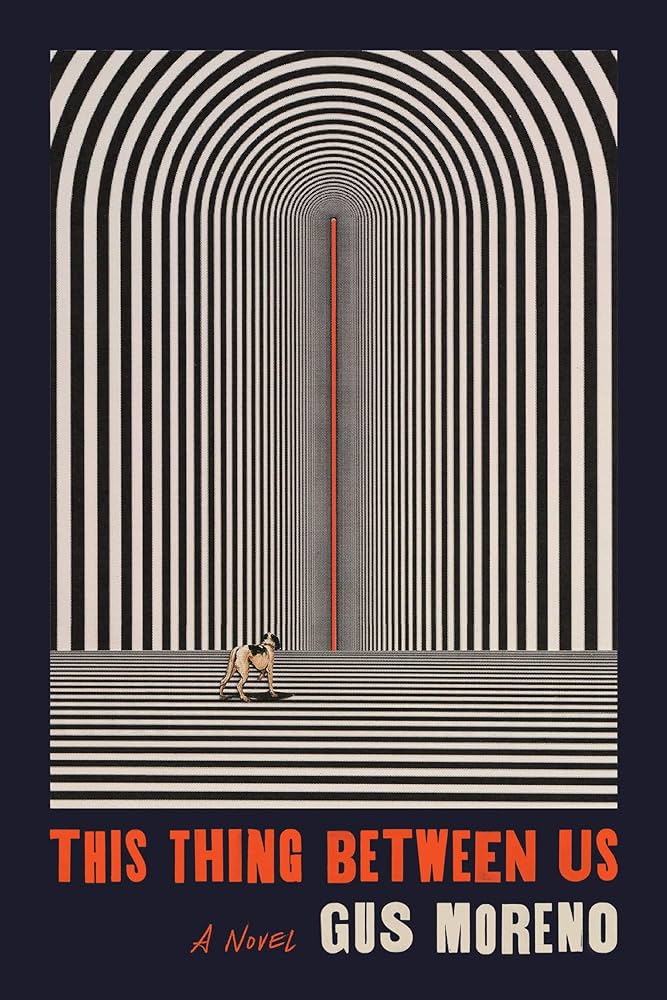
If you’ve never endured grief (and I hope you never do), it’s a weird feeling. Your loved ones are now a distant memory. You have to remind yourself that you can’t call them and you won’t see them at family gatherings. You grieve on birthdays as much as on death days. It’s worse when you see something that reminds you of them, knowing deep down you can’t share it. Even though you feel so alone, there are lingering spirits all around you. Isolation becomes your friend, because how can you even express your feelings of grief?
This is why this year, I took to books that deal with themes such as death and grieving. No book impacted me more than This Thing Between Us by Gus Moreno.
There are some differences with what Thiago endured compared to me. First, it was Thiago’s wife who died. And second, she died suddenly in a tragic accident. In addition to my aunt and grandma, I also lost my dad and his mom. All of these family members died of health complications, and their death was imminent. The feeling is bittersweet, knowing they’re no longer suffering but are gone forever. I can’t imagine what it’s like seeing a loved one in the morning and then they’re gone in a puff of air by the end of the day.
But there’s one parallel between the content in This Thing Between Us and my grieving, and that’s how death is otherworldly. Moreno introduces many paranormal elements, but they don’t feel forced or cheesy. Instead, you’re caught between the two worlds that Thiago created for himself.
Moreno nailed this description during the grieving process. When you lose a loved one, you’re also stuck between two worlds: the imaginary place where your deceased loved ones live and whatever grasp of reality you’re desperately trying to retain.
This Thing Between Us isn’t terribly long, only 250 pages. But it did take me a long time to finish it. Even though Moreno’s writing is straightforward, his words convey so much depth that you can’t help but put the book down after each section and contemplate everything you read.
This book isn’t overly violent, but there are some unsettling scenes. It’s important to note a dog does die in the book. Otherwise, this is the best book to read if you’re grieving, or if you want horror without serious triggers.
1. The Auschwitz Photographer by Luca Crippa & Maurizio Onnis
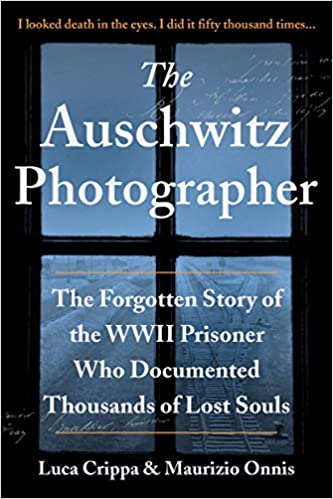
As I said, I became entranced by historical fiction this year…and history books. But one book that will always strike me is The Auschwitz Photographer. This book tells the true story of William Brasse, a Polish-Austrian war rebel who was arrested and imprisoned at Auschwitz. When the Nazis learned of his photography talent, they gave him an important job: take pictures of the prisoners at Auschwitz. This job led to more, and Brasse became more in demand by the Nazis. This helped him survive.
This book tells a different tale of the Holocaust. One through the eyes of Brasse—or should I say his camera lens. How he connected with other inmates and Nazi guards to create a story expressed through photography.
This should be obvious, but the book is heartbreaking. Even though we all know the inevitable, you still fall in love with everyone in this book—and their deaths are more painful when they occur. The fact that this is a true story will put anyone in a bleak mood. You also discover crimes committed by the Nazis that often aren’t talked about and the depraved deeds these soldiers and doctors did to try and position themselves as world leaders.
That said, it’s a book that everyone should read. If we don’t understand history, it’s destined to repeat itself. There are obvious trigger warnings, but this is one of the few times I suggest going in blind and letting Brasse tell his story. But I will say this, Brasse’s photos are featured in the middle of the book. Saying “they’re not easy to look at” is a serious understatement.
Honorary Mentions
- The Embalmer by Rayne Havok
- Necrosis by Rayne Havok
- Woom by Duncan Ralston
- Scanlines by Todd Kiesling
- Hero by J.F. Gonzalez and Wrath James White
